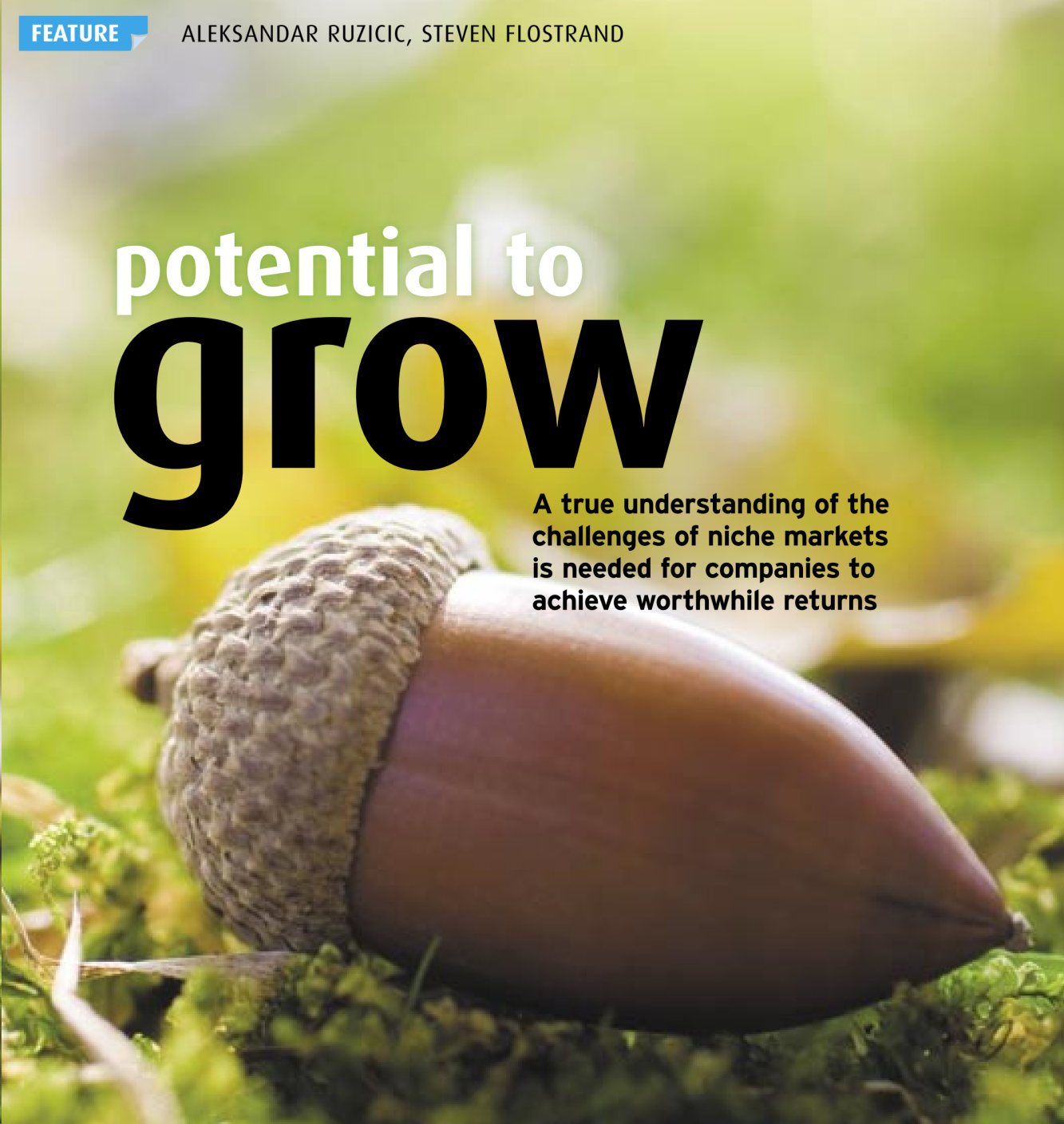For a long time, the pharmaceutical industry was not required to prove superior outcomes to generate large surpluses: companies were paid above the amount required to sustain the economic viability of their product portfolio. Today, severe pressure on healthcare budgets means payers can no longer provide huge sums each year for products that, in many cases, do not even have curative value.
Most rare diseases still have no labelled treatments. In this field, off-label use is the rule rather than the exception. Several hundreds of rare diseases currently being treated with questionable effectiveness. However, the possibility of getting approval for multiple indications offers the potential to turn these “niche” products into the blockbusters of the future. This is partly why big pharma is turning to orphan markets by acquiring patent rights from much smaller biotechs and setting up dedicated teams to undertake their further development.
The specific features of orphan drugs, such as unique positioning and limited outcome competition, have long granted them an exceptional status in payers’ minds. Low patient numbers and the absence of alternative treatments mean that orphan drugs have not been on their main focus, despite concerns about their cost-effectiveness. However, with increasing cost pressure as more expensive drugs arrive on markets, combined with payers’ budget restrictions, this is no longer the case. With constant pressure for healthcare payers to reduce their pharmaceutical budgets, it is doubtful whether these niche markets will remain “safe havens” for the industry. Indeed, governments are scrutinising the rare diseases/exceptional drugs component of their national budgets, realising that while the budget impact of treating a single individual is negligible for the healthcare system as a whole, figures quickly add up.
Reviewing cost-effectiveness of orphan drugs poses serious difficulties both to payers and the industry. In the current situation, methodological and statistical hurdles are such that everybody admits the impossibility of achieving the same quality of cost-effectiveness assessments as with other types of drugs. Because cost-effectiveness studies consider the extra (incremental) benefit of a drug compared to treatments currently used, provided they exist, they need to have good data on the existing situation. Yet orphan diseases are, by definition, so rare that baseline data necessary to conduct a study is simply not available. This is the rationale for better coordination on data collection, an effort promoted by inter-governmental organisations and supported by rare disease patient forums such as Eurordis. Indeed, it is in the interest of the industry to encourage the development of transnational cooperation in order to increase the statistical power of rare disease studies.
In the short term, companies need to optimise their pricing strategies by taking into account payers’ budget constraints and conducting cost-effectiveness studies with larger data sets and new pharmacogenomic tools. In other words, they will have to prove that their new technologies can produce real outcome improvements. While evidence may be a challenge, those that can produce sound data will already have a competitive advantage.
In the long term, companies will have to adapt to each payer’s specific concerns with made-tomeasure market access strategies at all levels: national, local and even provider level. They should be more conscious of future changes in overall healthcare funding mechanisms. Evidence of this can already be seen in the emergence of so-called “risk sharing schemes” for very expensive drugs, which are the result of negotiation between the payer and the pharmaceutical company on who bears the risk of the technology not achieving its goal (the ‘no cure, no pay’ principle). However, though the adoption of such schemes is spreading in cancer treatments, it remains to be seen whether they are sustainable for rare diseases. Indeed, the cost-effectiveness gains achieved by both parties sharing the risk might well be outweighed by the very high per capita administrative costs associated with the follow-up of the patients involved.
With payers more conscious of costs of rare diseases and big pharma’s growing interest in niche markets, the era of large product surpluses is likely to end. To succeed, approval from the regulatory authorities is no longer enough; pharmaceutical companies will increasingly need to convince payers of the cost-effectiveness of their products. This implies shifting resources from traditional commercial teams to pinpointing subgroups of patients and providers, investing in data collection and cost-effectiveness expertise and being more aware of payers’ constraints.

